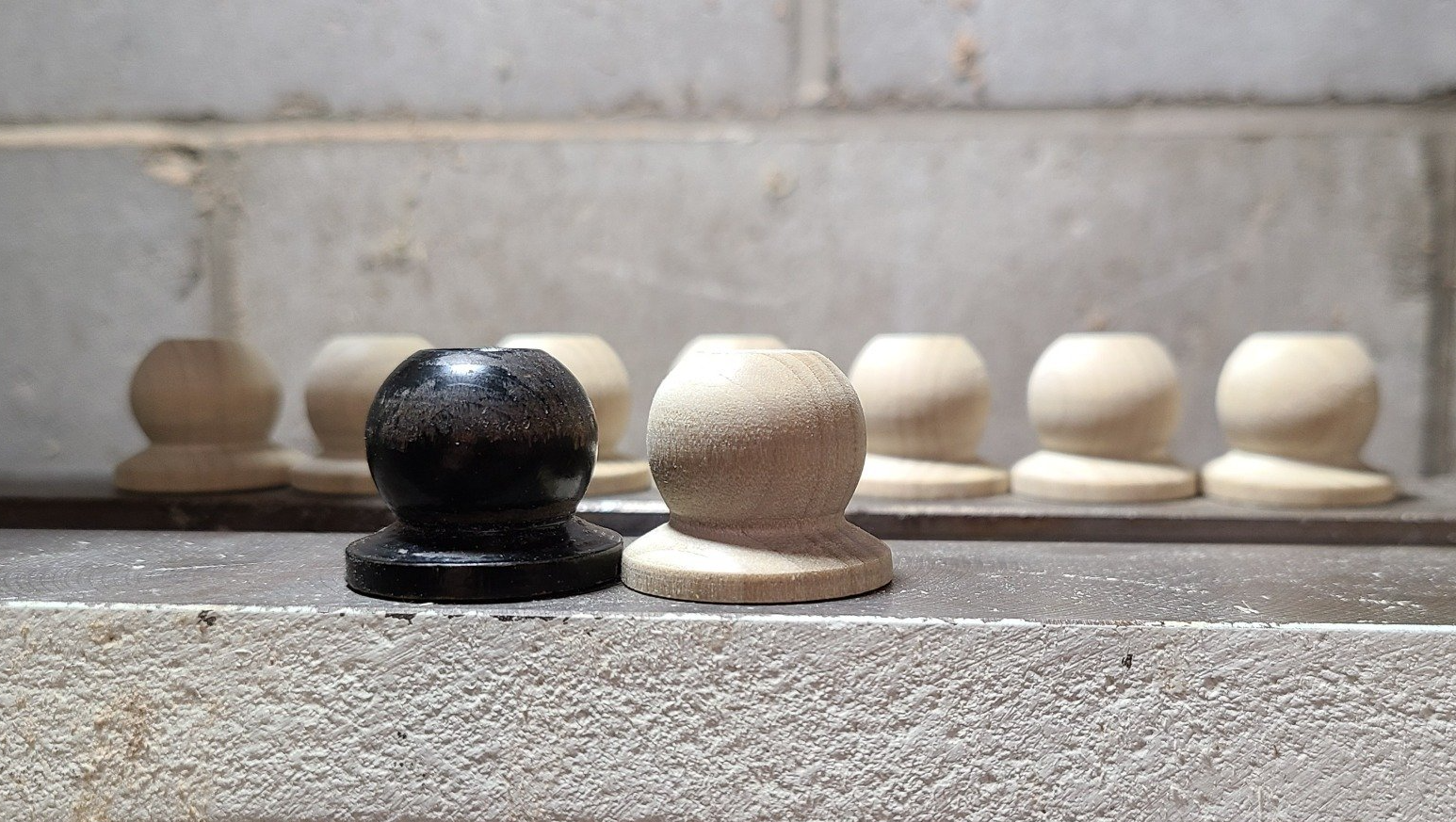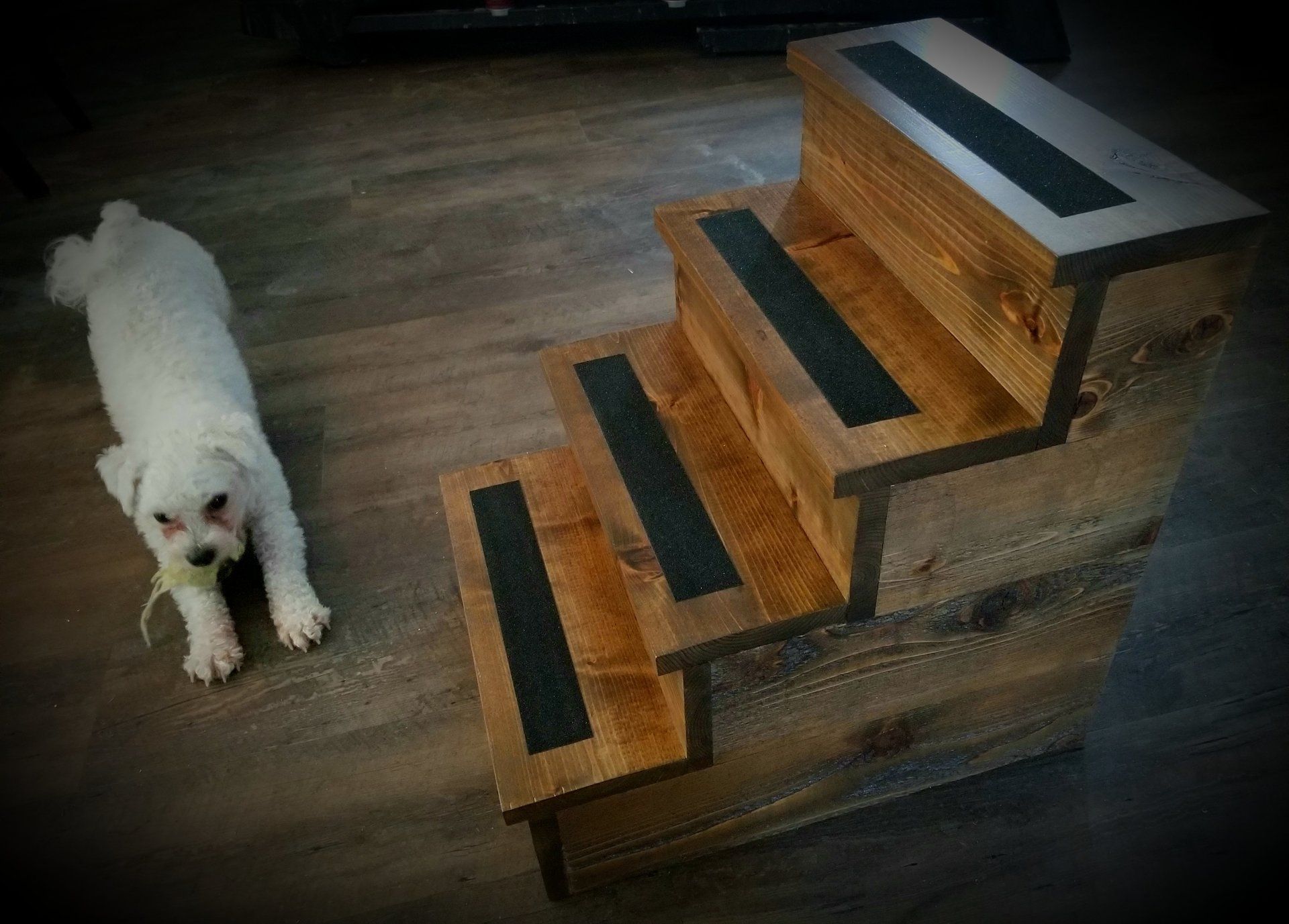Woodshop Musings
Turning Shaker Chair Feet


Although a clever design, it suffered a couple drawbacks:
- The leather strap would eventually stretch out or deteriorate. This caused the feet to become too loose, and eventually break.
- The cavity in the leg, that housed the feet and the strap, compromised the integrity of the leg structure.
A new method was proposed in 1852 to help address the drawbacks in the original design.

I was contacted by a customer who owned a chair that was made from a kit by Shaker Workshops. The feet were attached via the original method - ball and socket feet held with a leather strap. Shaker Workshops was founded in 1970 in Massachusetts with the purpose of reproducing original Shaker furniture as faithfully as possible.
The feet on this chair broke due to the leather strap stretching. He wasn't able to find replacement feet, so I was contacted to reproduce the feet.

I was able to use my lathe to turn new feet, and nearly identical to the original. It was a challenge to make multiple identical parts by hand, but it was a lot of fun.






